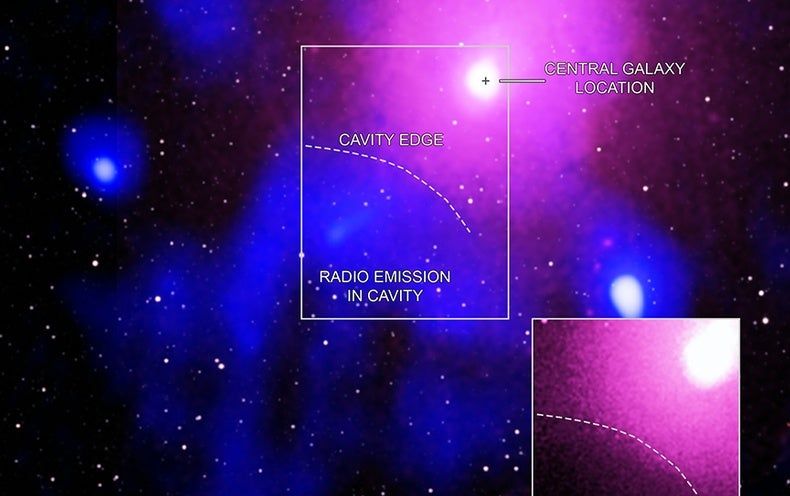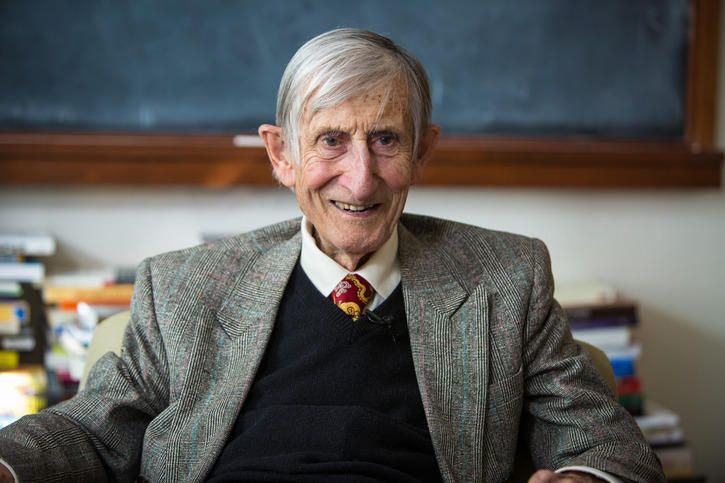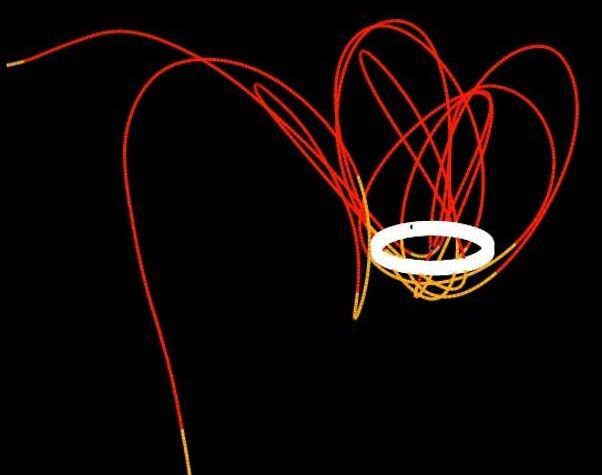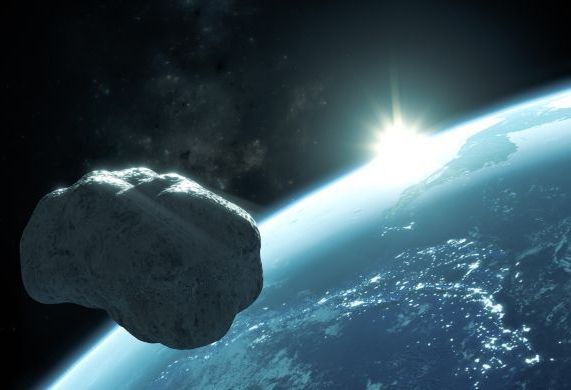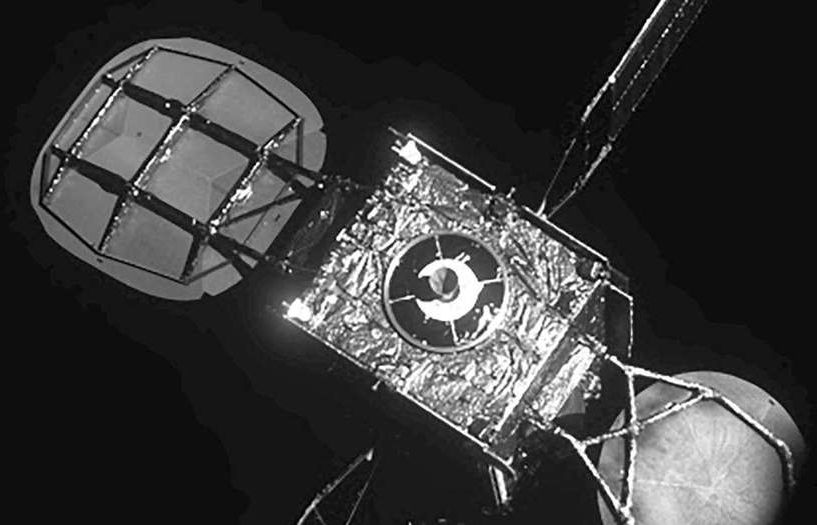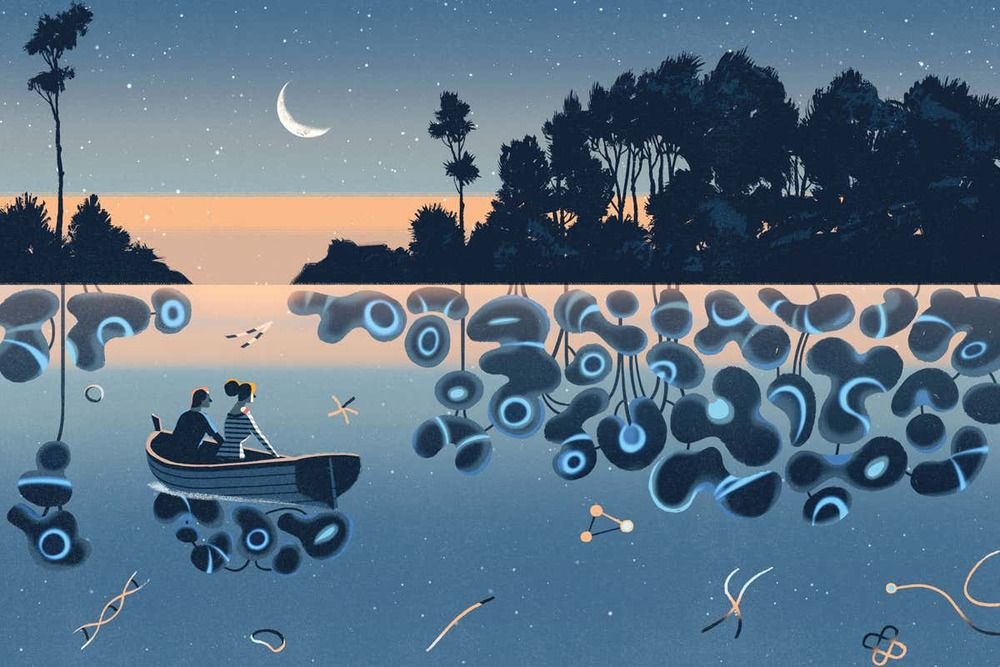In 2019, NASA’s James Webb Space Telescope celebrated the full mechanical and electronic assembly of the world’s largest, most powerful space science observatory ever built. Meaning that Webb’s two halves have been physically put together and its wiring harnesses and electronic interfaces have been fully connected.
Following assembly, the Webb team moved on to successfully send deployment and tensioning commands to all five layers of its sunshield, which is designed to unfold in space, and protect the observatory’s mirrors and scientific instruments from light and heat, primarily from the Sun.
“This has been an amazing journey to get here. The James Webb Space Telescope is now one complete assembly, and known to be the most powerful space telescope ever created by humankind,” said Mark Voyton, Webb Observatory Integration and Testing, and OTIS Manager at NASA’s Goddard Space Flight Center, Greenbelt, Maryland.

